The Scent of Rose And Its Fragrant Resurgence In Perfumes
While a rose by any other name is still a rose, this aromatic and velvety bloom has a mystical and elusive essence that poets, artists and perfumers have strived to capture down through the passage of time. Highly prized in the ancient world, these beautiful, fragrant blooms symbolized ethereal beauty and passion and were sacred to Aphrodite and Venus, goddesses of love in the Greek and Roman civilizations. The fragrance of roses was said to relax and clear the mind.
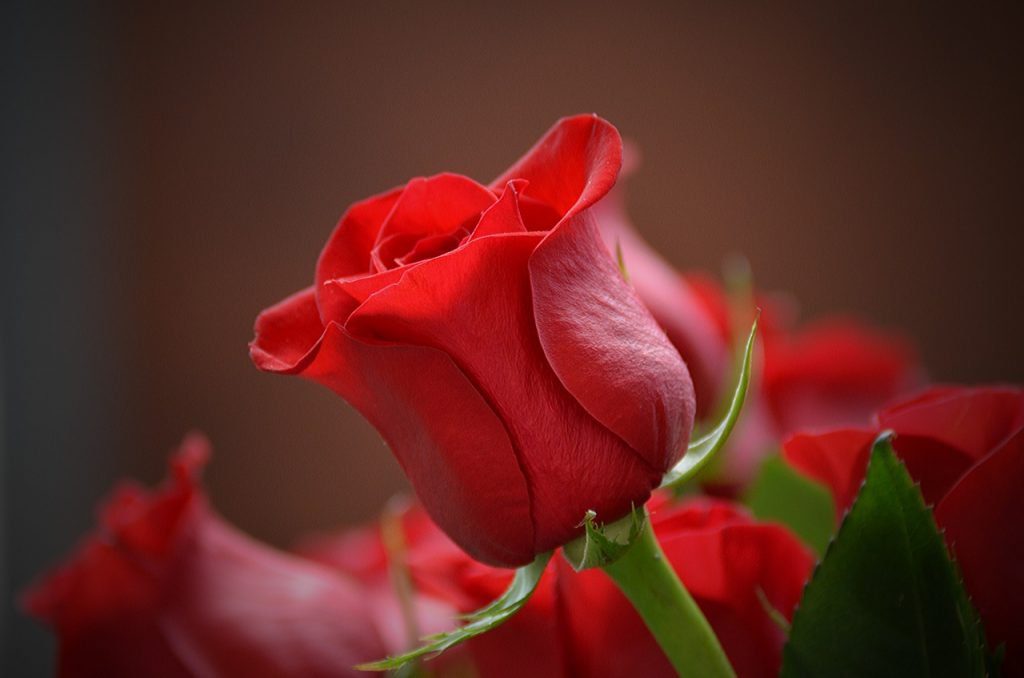
Roses are ubiquitous today and a prime ingredient of perfumes created by master perfumers and scent designing companies, although up until a decade or so ago they were in a category of fragrance considered old-fashioned and passé.
As a master perfumer at Alpha Aromatics, I know that they fell out of favor, and more or less existed within the confines of underwear drawers for some time. But nowadays, their intoxicating scent follows modern women on their clothes, in their anti-aging beauty treatments, scattered over beds in honeymoon suites, drizzled on top of exotic gourmet dishes and embracing us all in its intoxicating halo. And that’s so well deserved.
According to Mia Collins, head of beauty supplies at London’s iconic Harrod’s Department Store, roses have regained their popularity in England because they are part of the English character. She states: “In the UK we are blessed to have hedgerows, verges and paths littered with wild roses, quite apart from those that are tenderly nurtured in gardens. How many of us have a childhood memory of making our own fragrance, with petals removed from our mother’s flower-beds? Nearly everyone can relate to the smell of roses.”
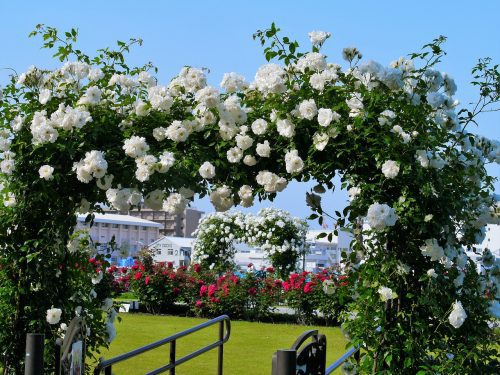
In France, other explanations abound. Prominent early 20th century photographer, Robert Demachy, believed that roses, which symbolize the epitome of femininity, tap into the psychological aspects surrounding the many ways women’s roles have changed within society’s dynamic norms. He states: “…Perfume is so more than fashion. It’s emotion and luxury, and it is also in some ways an expression of our collective longing.”
Perfumer, Terry de Gunzberg, uses Turkish Damascene roses in four of her most popular scents and in many of her diverse beauty products. She states: “They’re delicate yet powerful and pure, suit all seasons and they’re pan-generation.”
The Complex Scent of Rose
Floral scent in general changes both with the passage of time and the time of day. Roses are harvested at the onset of summer during the early morning hours because that is when their scent is the most potent. Roses release their fragrance when they are ready for pollination, which occurs when the flowers are half open. Scent is elusive and can even change from garden to home because the process of cutting them alters the release of chemicals.

Roses Down Through History
Master perfumers are well aware that using the notes of roses in a fragrance renders a scent that is potent and intoxicating. Roses have been spreading their fragrances around for thousands of years. The earliest archaeological record dates their appearance back 35 to 32 million years to the Paleolithic era and concerns rose leaves discovered in the Colorado Rockies. Their first appearance in artistic motifs was in Asia dating back to about 3000 BC. It is said that the Egyptian Queen of the Nile, Cleopatra, filled a room more than a foot deep with rose petals while having a passionate love affair with Marc Anthony.
The Romans constructed lavish rose gardens and adorned banquet tables with thousands of rose petals and Dioscorides, a Greek physician, believed that roses had cooling and astringent features. He developed a special elixir (a liquor comprised of roses cooked in wine), which could relieve the pain of headaches (or maybe just help to forget about them) and other conditions concerning the eyes, ears and womb. Rose petals were treasured commodities that women of antiquity used cosmetically in rose water for facemasks, blush, eye shadow and even deodorant.
Native American Indians used various parts of the rose medicinally. Revered medicine men treated fevers, colds, flu, diarrhea, and stomach problems, and even steeped rose hips to make a liquid that was said to soothe inflammation and reduce the swelling of wounds.
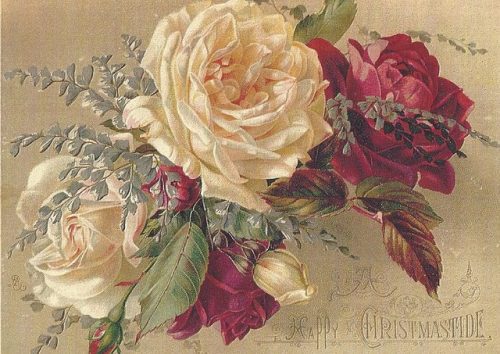
The Victorian era of the late 1800’s marked the use of flowers in gardens and homes for their pleasing fragrance and aesthetic beauty. It was also a time when botanists made the first attempts to define and classify scents. It would take more than another hundred years however, to classify basic rose scents and to properly identify their chemicals.
The Many Diverse Rose Colors And Scents
Rose scents fall into seven distinct categories. They are: rose (or damask), nasturtium, orris (which is similar to violets), violets, apple, clove and lemon (the fruit, not the blossoms). There are also twenty-six other less common aromas that can be discerned. Among them are: honeysuckle, moss, hyacinth, honey, wine, marigold, peppers, parsley, and even fruity raspberry.
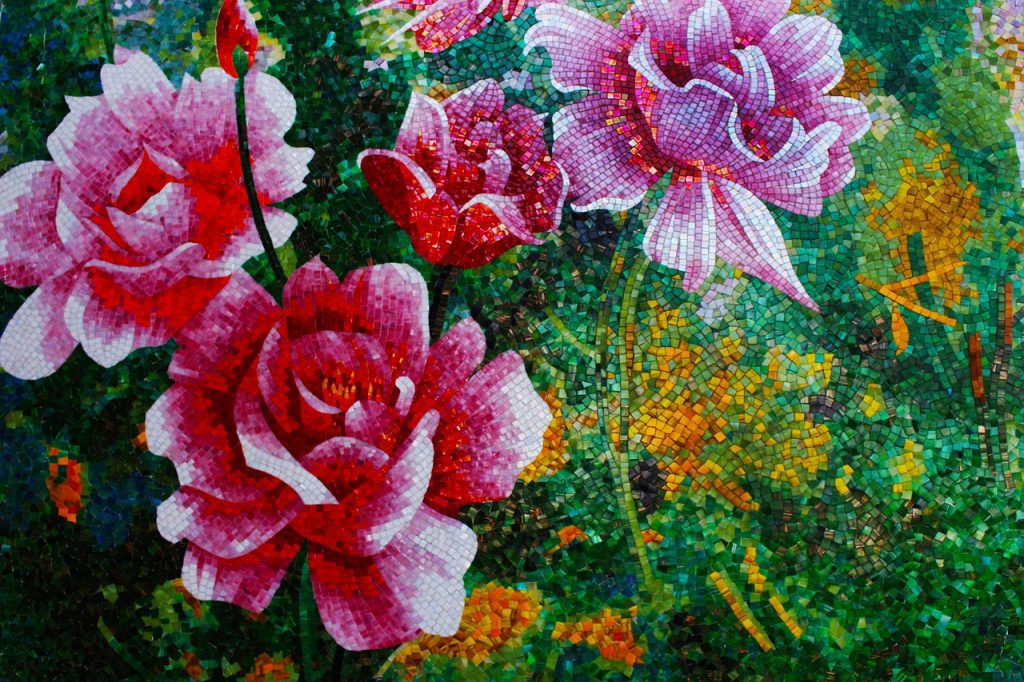
Generally speaking, darker colored roses are known for their thick and velvety petals and they have the most memorable scents. The fragrance of red and pink roses comes the closest to the true scent of rose. White and yellow blooms have an aroma similar to violets, nasturtium, and lemon. Orange roses often smell of fruits, violets, nasturtium and clove.
Rose Otto Essential Oil And Rose Absolute
Also known as Rose Attar and Rose Otto, this essential oil was probably first made in 10th century Persia, which was the first civilization to import roses to Europe. Rose essential oil is known for its antioxidant, antibacterial, astringent, antidepressant, and anti-inflammatory properties. There are two distinct types; of rose essential oil; namely, Rose Otto and Rose Absolute. They share a derivation from the petals of Rose Damascena, which is one of hundreds of species of roses that are native to Syria, and is highly valued in both perfumery and aromatherapy. However, the two differ in scent, color and density.
Rose Otto essential oil is derived via hydro-distillation, a process in which the rose petals are soaked in water and then heated, which releases their oils. Volatile materials are then dispersed into the steam, condensed and thickened, and when they are cooled, the oils float on the surface and are ready to be collected and sold.
Rose Absolute, on the other hand, is derived via solvent extraction, a method consisting of adding rose petals to a large receptacle containing solvent. The petals’ aromatic elements are extracted by rotating the container, which causes the solvent to evaporate, leaving behind a residue known as “rose concrete.” To this material ethanol alcohol is then added, which serves to filter out non-aromatic components. The resulting liquid is known as rose absolute essential oil.
Reddish in color, Rose Absolute is coveted by the perfume creators at Alpha Aromatics because the delicate floral scent is so close to that of an actual rose. Perfect for relieving stress, anxiety and stabilizing mood swings, Rose Otto Oil is also considered a potent aphrodisiac that has been known to help relieve sexual and intimacy issues.
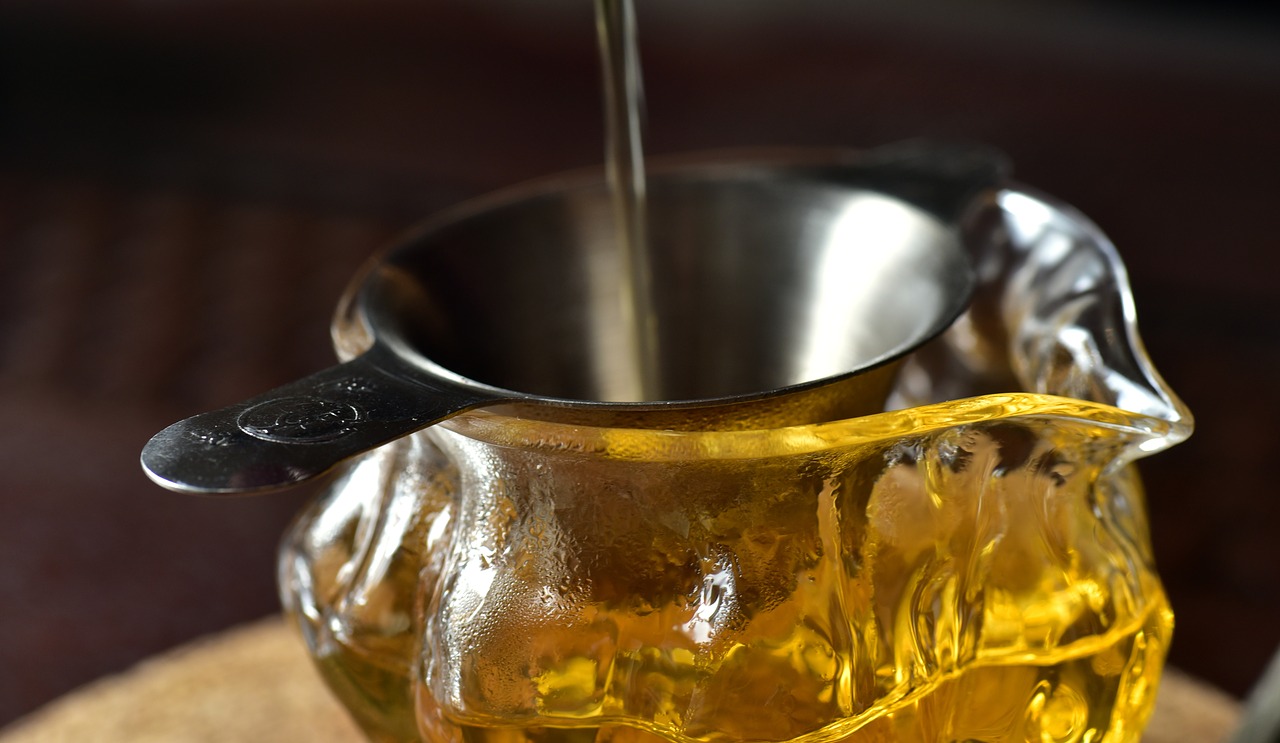
Rose Otto can be used both aromatically and topically, whether you’re looking to nourish your skin, calm your mind, treat insomnia, or reduce menstrual cramps. It contains high amounts of naturally occurring geraniol which has a sweet, rose odor used in perfumes, creams and lotions. It is found in many aromatherapy applications and is well known for its analgesic, anti-inflammatory, and antiseptic properties. It is also considered a potent, antioxidant, which helps to reduce fine lines and wrinkles and protect the skin from UV damage.
Rose Bulgarian
Cultivated in the heart of the Bulgarian Rose Valley, some 10,000 pounds of petals derived from Bulgarian Rose Damascena are needed to distill by steam only one pound of this oil! It is very rich, deep, sweetly floral and slightly spicy in fragrance. Perfumers utilize its wonderful scent to complement many fragrances because it blends well with benzoin, bitter bergamot, soothing chamomile, herbaceous clary sage, fennel, earthy geranium, pungent ginger, slightly fruity helichrysum, sweet jasmine, soothing lavender, bright lemon, mandarin, tart neroli, potent patchouli, soft, light and rosy petitgrain, woody, creamy sandalwood, floral and sweet ylang ylang and green, slightly sharp vetiver.
Jack Rose
Also known as General Jack, this flower was developed in 1853 and is considered an ancestor of the modern red rose. It is named in honor of Jean-François Jacqueminot (1787-1865), a French general of the Napoleonic Wars. Extremely fragrant, the color on these large, hybrid double flowers is clear red to deep pink, displaying darker purple hues as they age.
Rose Damask
Also known as Rosa Damascena and the Rose of Castile, the flowers of this hybrid are renowned for their fine fragrance and have symbolized beauty and love for many centuries. They range in color from light to moderate pink to light red and are commercially harvested for rose oil to make rose water and “rose concrete.” The petals are also edible and used as food flavoring, garnish, herbal tea and even as a sugar preservative. Chicken with rose is a recipe that is well known in modern Iranian cuisine.
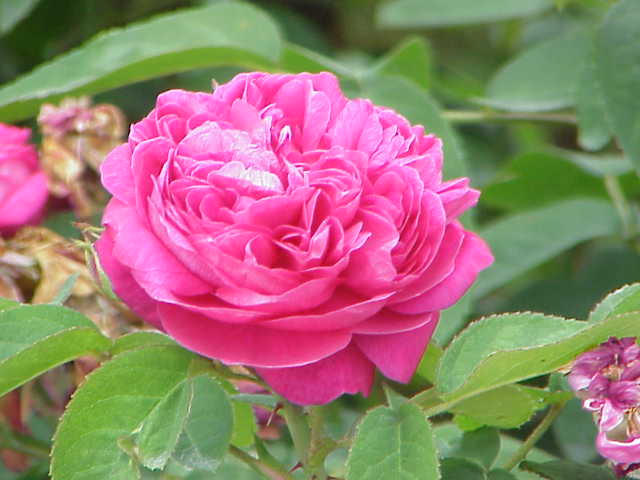
Moroccan Rose Water
Rose water is used as a perfume due to its potent, sweet scent, but it has medicinal and culinary values as well. It only contains between 10 and 50% rose oil. Moroccan Rose Water differs from others of its ilk, which are the result of the simple combination of water and rose oil. This rose water is 100% pure steam distilled Rose Damascena from Morocco’s Valley of Roses. It is rich in minerals and full of astringent, anti-inflammatory and antibacterial properties, which provide many benefits to human health and beauty.
Rosa Centifolia
Also known as The Cabbage Rose and The Provence Rose, it is estimated that the Dutch developed this fragrant hybrid variety between the 17th and the 19th centuries. Cultivated in many Arab countries and particularly in the French city of Grasse, which is considered the perfume capitol of the world, its clear, sweet fragrance tinged with light notes of honey is highly desirable and the flowers are commercially harvested for the production of rose oil for perfumery.
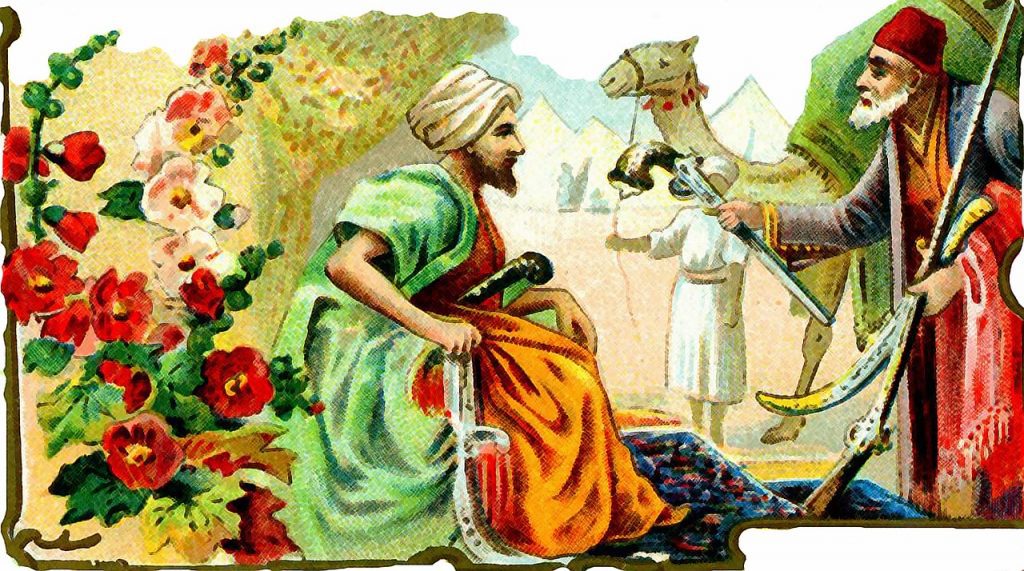
Rose Geranium Oil
Rose Geranium’s botanical name is: Pelargonium graveolens var.roseum. Its sweet, floral citrusy aroma is often used in aromatherapy applications and is said to have the most superior rose notes. Its fragrance is believed to have a soothing effect that promotes feelings of serenity, relaxation and optimism. Native to South Africa, for centuries it was used medicinally and was even believed to have the power to ward off evil spirits.
Popular today in both cosmetics and perfumery, Rose geranium oil is often an additive which aids in the longevity of the scent of real Rose Essential oil due to the fact that they both posses the same aromatic properties.
A Few More Interesting Facts About Roses
Did you know that rose plants can survive for centuries? Or that the scent of rose in perfumes is derived from chemical compounds? Read on to learn some interesting and somewhat unknown facts about roses.
Rose Otto Essential Oil Is Very Expensive – As many as 60 roses are necessary in order to create just one drop if this essential oil and 250 pounds of petals are required to make one ounce of oil!
The Color Of A Rose Symbolizes Its Meaning – The red rose is a symbol of love, yellow of friendship, orange of enthusiasm, white of purity and pink of joy.
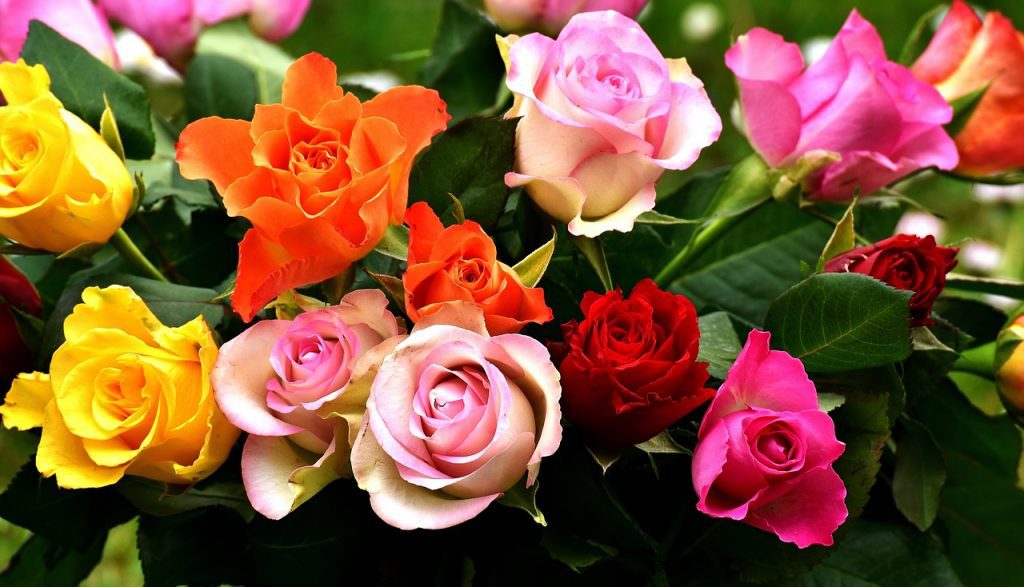
Rose Cultivation Is An Ancient Art – It is estimated that the cultivation of roses began some 5,000 years ago in China and resulted in the creation of 13,000 varieties of roses.
The Size Of A Rose Depends On The Species – The size of a rose varies greatly. Some flowers can extend from a few to as much as 33 inches in diameter. Certain species can reach 23 feet in length.
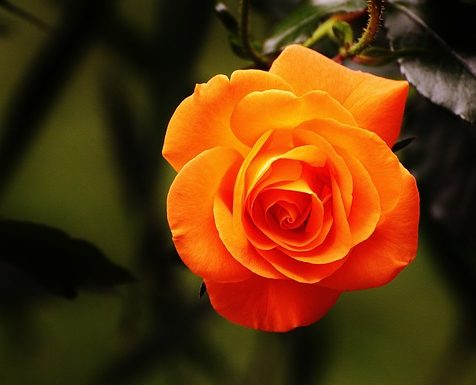
Rose Hip Is A Species Of Rose – Rose hip is a fruit of rose. It is rich source of vitamin C. Rose is sometimes used in folk medicine to relieve stomach pain and to treat cancer.
Roses Are Often Found In Literature And Song – There are more than 4000 songs dedicated to roses.
Rose Plants Can Survive For Centuries – Roses can survive long periods of time. The roses that adorn the wall of the Cathedral of Hildesheim in Germany were originally planted more than 1,000 years ago.

Rose Scent Derives From Chemical Compounds – One or more than 300 chemical compounds influences the scent of roses. Yet in rose oil, only 4 make up less than one percent, but they produce over 90 percent of the fragrance.
Rose Scent Is Most Powerful In Early Summer – Rose scents are fragrant signals of nature, meant to attract pollinators such as bees. The scent draws them to the flowers even before they see them.
Most True Rose Oil Is Imported – Bulgaria, Morocco, Iran, Turkey, and more recently China, are the main sources of true rose oil. However, all around the world, people love roses. It is the queen of all flowers.
